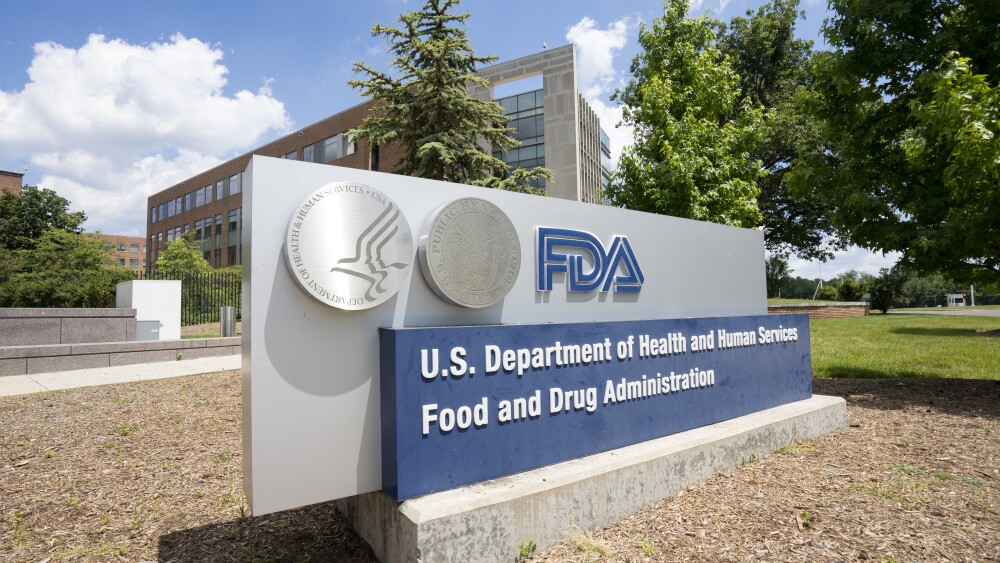Price-negotiation provisions that are out of step with reality are discouraging funders and Big Pharma partners from investing in potentially transformative therapies. Fixing some of the unintended consequences of the IRA will clear the way for innovative medicines to reach patients in need.
Is it good, bad or ugly—or moot? This has been the central debate regarding the disparity in price negotiation timelines for small molecules and biologics in the 2022 Inflation Reduction Act—the so-called pill penalty. Over the past two years, a variety of perspectives have emerged in the drug development community about the impact of the IRA, including the notion that preclinical companies need not worry, that the industry will be driven to new heights of efficiency and, perhaps most dramatically, that small molecule strategies are no longer as viable for a variety of clinical markets.
As a founder of a preclinical small molecule company, it is clear to me that the IRA has created a harsher landscape and at times impeded innovation. Almost immediately upon being passed into law in August 2022, funders got wary, and that has affected how preclinical companies pitch their pipelines to venture capital firms, as well as how large biotechs and pharma companies consider assets for acquisition. The clouded economic outlook for small molecules caused Genentech, Novartis, Eli Lilly and Pfizer to publicly declare a decrease or closure of development of small molecule drug candidates in oncology.
The good news is that fixing the disincentives for small molecules is not a Herculean task. Proposed adjustments to the IRA—which have some bipartisan support—could bring these provisions into alignment with reality and remove barriers to innovation in this space.
The Drug Negotiation Policy Is Misaligned With Reality
While good government can be a wonderful thing for supporting innovation (we need look no further than Vannevar Bush’s Endless Blue Sky initiative of public funding for science), bad government policy can be disastrous.
The pill penalty refers to a 9-year exemption from drug negotiation for small molecules once they hit the market, versus a 13-year exemption for biologics. Under the IRA, up to 15 drugs are selected per year (increased to 20 per year by 2028) from among the 50 highest-cost drugs covered by Medicare Part D. Since 50% of a drug’s revenue will come from years 10–14, according to an analysis by RA Capital, the four-year difference could significantly reduce revenue—making venture capital firms and pharma understandably nervous about placing bets on small molecules.
In addition to this discrepancy, there is a wide range of discretion applied to biologic inclusion (e.g., a biologic with a “high likelihood” of a biosimilar entering the market within two years of the selection date is exempted from price negotiation). Even more reason for large companies to throw their resources toward biologics over small molecules.
But what of small preclinical companies? The provisions of the IRA for small molecules and biologics were intended to reduce Medicare spending without impacting small biotech companies’ ability to develop innovative small molecule therapies via fundraising and partnerships with larger companies. However, in practice the price negotiation exceptions are indiscriminate of company size. The IRA’s mismatch with reality can clearly be seen upon review of exceptions from price control for small molecules, which include:
- A drug that accounts for less than or equal to 1% of all Part D spending
- A single drug that accounts for at least 80% of a company’s total Part D revenue for all the applicable manufacturer’s drugs on the market
- A drug that has an annual revenue of <$200 million in the Medicare Part D market
- A therapy with an orphan drug designation for only one disease
- An approved drug from a small biotech is exempt from price negotiations from 2026–2028 (unless the small biotech is acquired by a larger partner).
Small companies cannot chase the low-revenue opportunities in points 1 and 3 given that investors will not be enticed. Provision 4 similarly disincentivizes investors by taking away the opportunity for post-approval price protections and expanded markets. Because most clinical development-to-market activity is the realm of large partner organizations rather than small biotechs, point 2 is likely never applicable. And exemption 5 is effectively moot, since drugs that will be eligible are already late in the development pipeline and thus have already undergone a major partnership deal or were being commercialized by a biotech pre-IRA.
The hallmark of bad policy is a set of provisions that do not match reality, and IRA exemptions for small biotechs are effectively meaningless in the drug development landscape.
Small Molecules Are Essential for Treating Diseases
What was the impetus for the IRA’s pill penalty? We see two possibilities, both erroneous.
The first is that biologics might be considered to be more expensive to develop. On the contrary, work from the Geneva Graduate Institute has shown that “after adjusting for approval success rates . . . clinical costs for the development of small molecules were 44.5% higher ... than for large molecules.”
The second possibility is that small molecules are perceived by legislators as inherently less innovative than biologics and therefore less worthy of a price premium tolerance under Medicare. Yet the fact is that we are entering into a second golden era for small molecules, as we can design multiple mechanisms of action into these drugs in ways that are not possible with biologics—for instance, by leveraging multiple intracellular targets, targeted protein degraders (PROTACs), molecular glues, etc. In addition, the distribution and pharmacokinetics of small molecules are often superior to biologics. As just one example, it is easier to design orally bioavailable, central nervous system–penetrant small molecules than it is to construct biologics with these properties.
As the drug development community moves into diseases of multifactorial complexity such as neurodegeneration or the consequences of metabolic syndrome, we need small molecule innovation to tackle medicine’s biggest unmet needs.
Bad Policy Must Not Stifle Innovation
At Avicenna Biosciences, our strategy in the face of the pill penalty has been to aim for exemption 4, focusing exclusively on orphan neurodegenerative syndromes so that we and our future partners will not be subject to price controls. Before the IRA, orphan programs could offer future development flexibility across multiple diseases, but to gain protection under its fourth exemption, we now need to develop each compound for a single indication. This perverse incentive will ultimately increase development costs and the price of medicines.
This modest workaround aside, the outlook for fixing the current regulatory landscape is good. My team and I are enthusiastic about the bipartisan EPIC Act, which proposes to bring the small molecule exemption up to 13 years, on par with biologics. This bill is currently referred to the House Subcommittee on Health, and we hope the drug development community will focus efforts on supporting this proposed fix by educating legislators on the reality of medical innovation and how the IRA is mismatched as outlined above. Removing the pill penalty will ensure that patients do not lose access to future, potentially life-saving, medicines.
Thomas M. Kaiser, MD, PhD, is the co-founder and chief scientific officer at Avicenna Biosciences. After training in total synthesis and organometallics at Texas A&M as an NIH chemistry-biology interface predoctoral fellow, he joined the Liotta group at Emory University as a postdoc, where he eventually ran the antiviral group in the lab of Prof. Dennis Liotta. Following that work, Kaiser earned his medical degree and qualified in medicine at the University of Oxford, where he was a Foulkes Fellow. He founded Avicenna with Pieter Burger in 2019.






